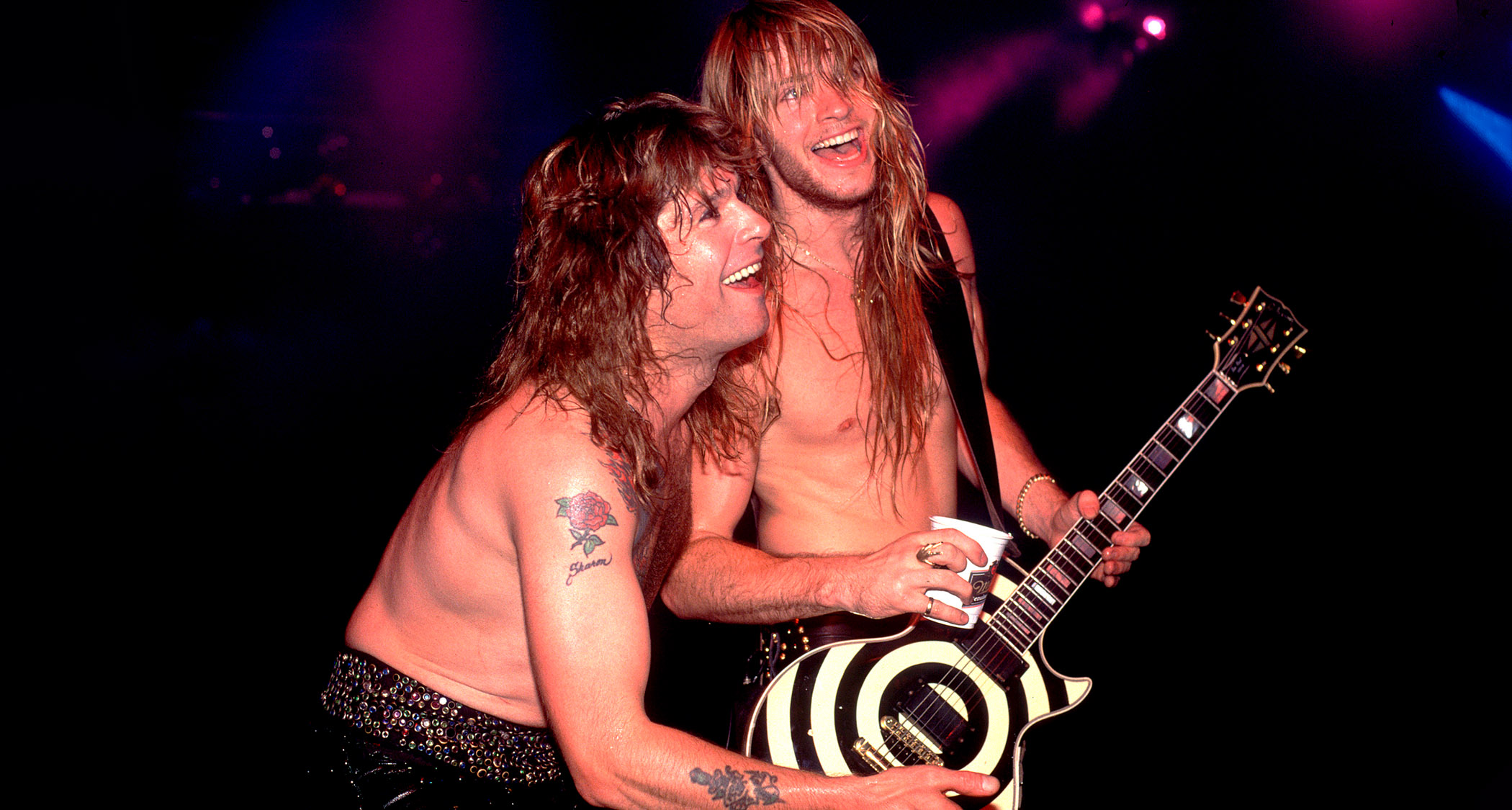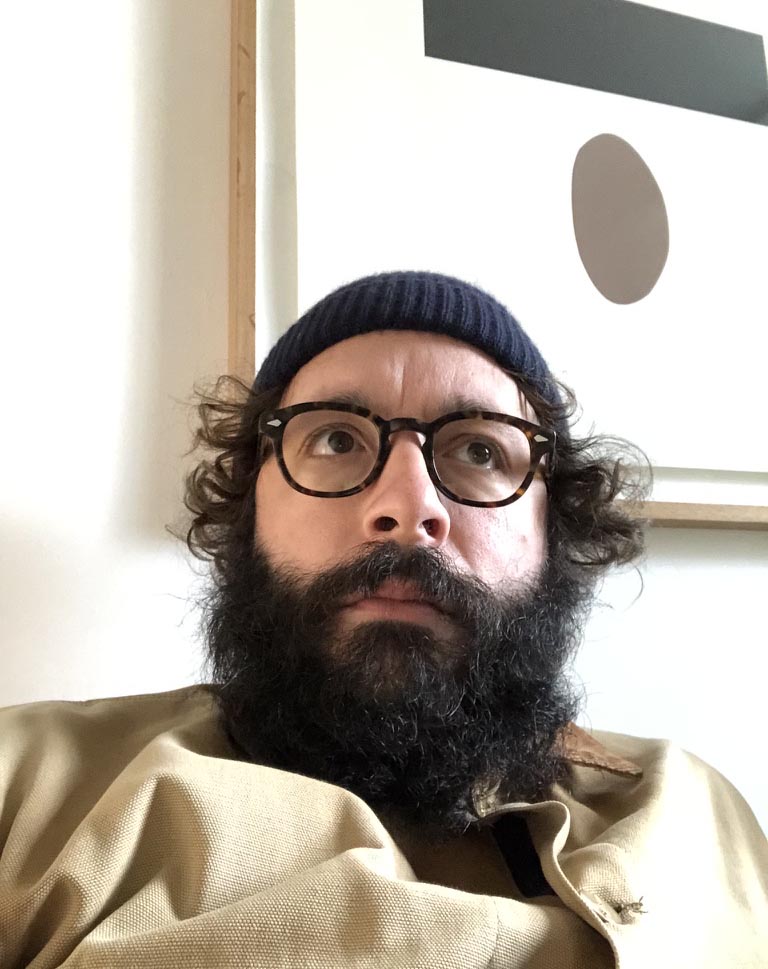“We were doing that riff and cracking up laughing the whole time”: Zakk Wylde on how a “joke” riff won Ozzy Osbourne his first ever Grammy
The No More Tears sessions found the Ozzy camp in high spirits and ready to lay down a record that would take the Prince of Darkness' solo career to new heights

Ozzy Osbourne knew how to pick a guitar player. It was one of his many gifts. He had the uncanny knack of sniffing out talent. Whenever his career was in need of uplift, shocked back to life with electric guitar, he somehow found the right man for the job.
It would be no exaggeration to say that Randy Rhoads saved him. In 1979, Ozzy was on the skids, out of Black Sabbath, out of luck. Enter this diminutive, book-smart maverick from Santa Monica. Everything changed.
Ozzy launched his solo career with the hottest player in hard rock and metal since Eddie Van Halen. Rhoads’ death in 1982, aged 25, in a plane crash in Florida, was devastating.
Those who stepped up in the aftermath, such as Bernie Tormé, who had just left Gillan, then Brad Gillis of Night Ranger, did their bit. Theirs may have been a cameo turn in the Ozzy Osbourne story but they kept the wheels moving, and before Gillis’ time with the Prince of Darkness was over, he at least got to record the live album Speak Of The Devil.
When it came to replace Rhoads on a studio album, Jake E Lee stepped up. He was reportedly a toss-up between Lee and George Lynch of Dokken, with Ozzy preferring the latter.
That makes an interesting alternate history; Lynch would have been ideal for the Ozzy gig. But Lee proved he had the stuff. His work on Bark Of The Moon was total box-office ‘80s metal, a Friday night thrill fest. Ron Nevison’s production on its follow-up, The Ultimate Sin, might have disappointed Ozzy but Lee’s playing was unimpeachable.
It didn’t save him. Ozzy’s wife and manager, Sharon, fired Lee. And by 1987, auditions were open again, and this time Ozzy would find his longest-serving six-string lieutenant, Zakk Wylde.
Want all the hottest music and gear news, reviews, deals, features and more, direct to your inbox? Sign up here.
Hiring Wylde, then just a coltish 19-year-old, set the wheels in motion for Ozzy’s hitherto most successful solo album, No More Tears, and a collaboration that lasted until Black Sabbath and Ozzy’s final bow at Villa Park, Birmingham, for the Back To The Beginning all-dayer.
Wylde made his debut on 1988’s No Rest For The Wicked. Speaking to MusicRadar in 2021 for No More Tears' 30th anniversary, Wylde recalled how he drew upon Randy Rhoads’ influence for how he approached his solos.
We were doing that riff and cracking up laughing the whole time
“It was a very composed solo, like a lot of my Ozzy stuff. That’s what came out of the Randy Rhoads school of soloing, where everything had a beginning, a middle and an end,” said Wylde. “The solos were composed to be part of the song, as opposed to just improv and shredding over the whole thing. It’s the chord progressions that accommodate the solos… and I still do that today. I’ll sit there with my practice amp listening to a homework CD or playlist of backing tracks, coming out with different ideas until I find something I’m happy with.”
Wylde scarcely had time to think. But for its follow-up, he had settled upon a style. He was going to forego the neoclassical stuff that was all very much of the day. Play arpeggios and you would sound like Yngwie, he reasoned. Similarly, two-handed tapping, natural harmonics, all that stuff could see you written off as just another EVH clone – and there were many.
“At the time, three note per-string diatonic scales were super popular and everybody was playing in the vein,” said Wylde. “I was looking at the list and figured the only thing left would be pentatonic scales. So it was like taking all the crayons out of the box, leaving myself just four to play with and seeing what I could draw with that. It forces you to come up with something, when you are working with less.”
It worked. Wylde’s hydrocarbon tone – fuelled by the one/two punch of his Les Paul’s active EMG81/85 humbucker pairing, a JCM800 with a Boss SD-1 overdrive pedal in front – was just the thing to set those pentatonics alight. And he hit those strings hard. Wylde was off to the races.
But one of the break-out hits from No More Tears was not the product of careful consideration. Far from it. When I Don’t Want To Change The World came together, Wylde says it was all a big joke.
Ozzy was not in the building. The band were making their own entertainment.
“I remember when the man riff came about. We were at Joe’s Garage in Burbank, just rehearsing and writing material for the record,” recalled Wylde. “Ozzy hadn’t gotten there yet. I remember jamming that riff as a joke because we’d fill in the pauses, just talking into the mic.”
What follows is a reminder to all that you should keep a tape running in the rehearsal room. You never know what might happen, a riff that could make the cut. But back then, Wylde was just goofing off, vamping on the mic.
‘The whole premise was how we could never get a date, so I’d sing something like, ‘Hi, my name’s Zakk and I don’t have a job and live with my parents!’ before going back into the riff,” he explained. “The joke was you don’t have a home, a car or a job and you probably won’t be getting laid anytime soon. We were doing that riff and cracking up laughing the whole time.”
The laughing stopped when the boss opened the door. Ozzy heard something in it. The rest is history.
“Ozzy walked in and said, ‘What’s that riff?’ and I said, ‘Ozzy, we’re just goofing around!’ So he told us to remember it and we’ll use it for something,” said Wylde. “Later we ended up winning a Grammy with that song.”
It’s true. I Don’t Want To Change The World came out of a joke riff and a goof-off and really did take home the Grammy for Best Metal Performance – only not the recording we hear on No More Tears. It was the Live & Loud version, recorded at a 1992 Orlando, Florida Ozzy show, that took home the award. You never know where your joke riffs might take you.
Jonathan Horsley has been writing about guitars and guitar culture since 2005, playing them since 1990, and regularly contributes to MusicRadar, Total Guitar and Guitar World. He uses Jazz III nylon picks, 10s during the week, 9s at the weekend, and shamefully still struggles with rhythm figure one of Van Halen’s Panama.
You must confirm your public display name before commenting
Please logout and then login again, you will then be prompted to enter your display name.




